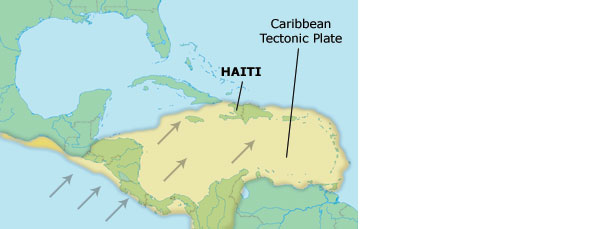Extracts

Lava Deposits Reveal Haiti’s Geological Roots
By Donna Hesterman
UF geologists analyzing samples from an ancient volcanic eruption in Haiti were surprised to find that portions of Hispaniola’s rocky interior actually originated from a source more than 1,000 miles away.
When the team first collected the samples more than 20 years ago, they noticed that the lava had higher levels of alkaline elements than the surrounding volcanic rock and lavas typically found in the Caribbean. But the technology available at that time could yield no deeper analysis to explain the anomaly, so the samples were shelved.
In 2004 the UF geology department purchased a state-of-the-art plasma mass spectrometer that could break down the samples to their most basic atomic ingredients. Those basic ingredients include unique isotope ratios and trace elements — sort of an “inorganic DNA”— that can be used to trace a sample back to its original source.
Researchers using the new equipment recently reexamined the samples and traced them to bedrock underlying much of Central and South America.
The geologists suspect that tens of millions of years ago portions of the earth’s mantle underlying what is now Central and South America became embedded in Hispaniola’s landmass as the Caribbean tectonic plate shifted eastward between North and South America. The hitchhiking mantle rock melted and erupted to the surface as lava less than 1 million years ago when fault lines crossing Haiti violently ripped open.
The researchers say that the volcanic eruptions in Haiti 1 million years ago were unusual because all other active volcanism in that area appears to have stopped more than 30 million years ago.